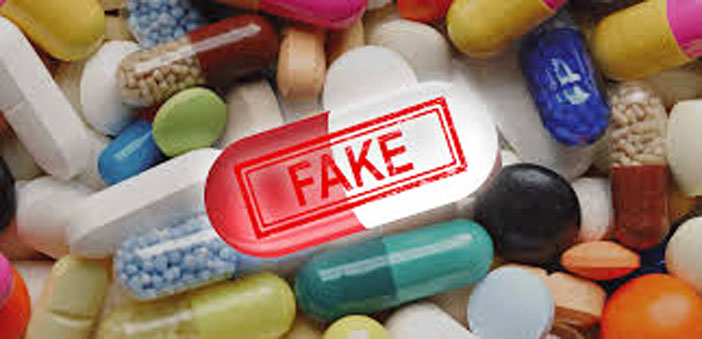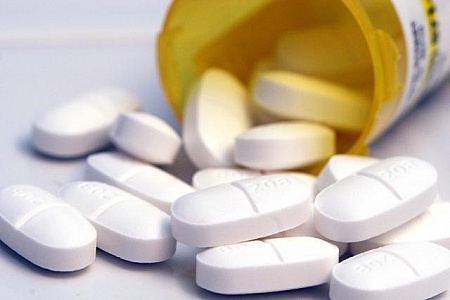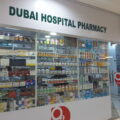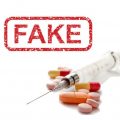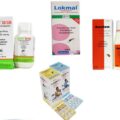Faking and counterfeiting occur throughout the world with claims that it is more common in some developing countries with weak regulatory programs. It is estimated that more than 10% of drugs worldwide are counterfeit, with up to 50% in some countries. Heightening vigilance and awareness of counterfeiting is one measure for combating faking. Substandard medicines are a major public health threat in Africa. For instance, the World Health Organization(WHO) estimates that over 280,000 children die annually because of taking falsified or substandard medicines as treatment for pneumonia and malaria in sub-Saharan Africa.
Recently, National Drug Law Enforcement Agency, NDLEA, warned that the number of deaths as a result of fake drugs is escalating. The agency revealed that in every 10 drugs one buy, there is a high probability that seven of them are fake. Porous borders, under-declaration by importers, large market size, low local production capacity, and lack of stiff penalties for offenders among other issues have been identified as some of the factors responsible for the alarming rate at which fake drugs and foods are gaining ground in Nigeria. Today, anybody who has some thousands of naira and sells provision by the roadside dabbles into the sale of drugs.
The menace of fake drugs became prevalent in the last few decades and the present situation is alarming in the West African sub-region, including Nigeria. Empirical observations have shown that there may be more fake than genuine drugs in circulation. The counterfeiting practices in developing communities include:
(i) Counterfeiting when demand for an expensive product is high.
(ii) Tampering with original packages with drugs packed in large pack sizes.
(iii) Swapping of labels of two products manufactured by the same company.
(iv) Exploiting similarity in appearance between the original preparation and the counterfeit.
(v) Labeling low price products with a high price product label.
(vi) Passing off a company’s product for another.
Fake medicines in Nigeria is a major problem. As pharmaceutical companies are highly profitable, many counterfeits are lured towards creating duplicate medicines, causing a threat to human lives. Checking a medicine for genuineness is not an easy task but can be done by following these steps.
1) Check the Packaging: This is the simplest and the easiest method to check the authenticity of medicines. Check the packaging for details like unusual fonts, print color, and spelling errors. Analyze whether it appears the same or different from the one you have used before.
2) No Breakage in the Seal: The security seal (especially in bottled medicines) should not be damaged. Look for a crack or breaks in the sealing tape.
3) Check the Tablets/Dosage Form: Look for dissimilarities in the physical appearance of the drug like its color, size, uniformity, consistency, shape, etc.
4) Physical Attributes of Tablets: As stated by World Health Organization, the common physical attributes that need to be looked out in medicine tablets are:
- Small pieces of tablets or excessive powder at the bottom of the medicine container.
- Cracks in the tablets.
- The appearance of crystal on the container walls or on the medicine tablets.
- Softening or hardening of the medicines.
- Swelling, spots, or discoloration of the tablets.
5) Allergies / Unexpected Side Effects: Most of the medicines have mild side effects. It is important to consult your doctor before the usage to keep a check on allergies arising from it. If you notice certain unexpected or harmful side effects from your medication, report to your doctor immediately.
6) Price: If the price of the medicine is suddenly far cheaper than the usual rate, double-check the product as there may be a chance that the fake companies wanted to lure customers by providing medicines at much cheaper rates.
7) Verify Medicines Using The Mobile Authentication Service (MAS): In 2010, NAFDAC deployed the Mobile Authentication Service (MAS) scheme as one of the anticounterfeiting strategies to detect substandard and falsified (SF) medical products. The scheme uses scratch codes and Short Messaging Service (SMS) to empower consumers to verify the authenticity of medicines at the point of purchase: (putting the power of detecting counterfeit in the hands of consumers)
The consumer scratches a panel on the product which reveals a unique, one-time-use PIN.
The PIN is sent toll-free to a short code using any of the GSM operators and the consumer receives a response in form of a text message (SMS) stating that the product is either genuine or suspected fake.
Following the success of the pilot study, NAFDAC deployed the MAS Scheme in January 2012, across anti-malarial and antibiotic medicines imported or manufactured in Nigeria.
Currently, the following five (5) MAS Providers offer MAS technology to Holders of Certificate of Registration (HCR). The Service Providers and their corresponding codes are as follows:
| LIST OF SERVICE PROVIDERS | ||
| Service Provider | Short Code | |
| 1 | PharmaSecure | 38351 |
| 2 | Sproxil | 38353 |
| 3 | Savanté | 38120 |
| 4 | UBQ-t/Kezzler | 20966 |
| 5 | M-Pedigree | 1393 |
However the Authentication code may not be available on all medicines, but most antibiotics and anti-malaria drugs have these codes.
8) Vendors: The pharmaceutical industry is flooded with a plethora of medicine brands. Purchasing medicines from a reputable pharmacy or good medicine brands will greatly reduce your chances of buying fake drugs. Stop buying from unqualified and illiterate street Vendors.
9) Details on the Drug: Match whether the Expiry date, Batch number, and the address of the Manufacturer on the secondary package are the same as that on the primary package. We can also check the medicine Batch Number online to verify its authenticity.
10) Verify Manufacturer’s Address: To verify the manufacturer’s origin is simple and easy only when it comes from a reputable, international company that has a well-tracking system in place. But that’s often not the scenario as fake companies can’t get their exact address printed on the medicines. In that case, check if the manufacturer’s address is traceable, i.e. whether it contains the exact location of the company and not just the country’s name. SEE: List of Fake Drugs In Nigeria and How to Identify Them
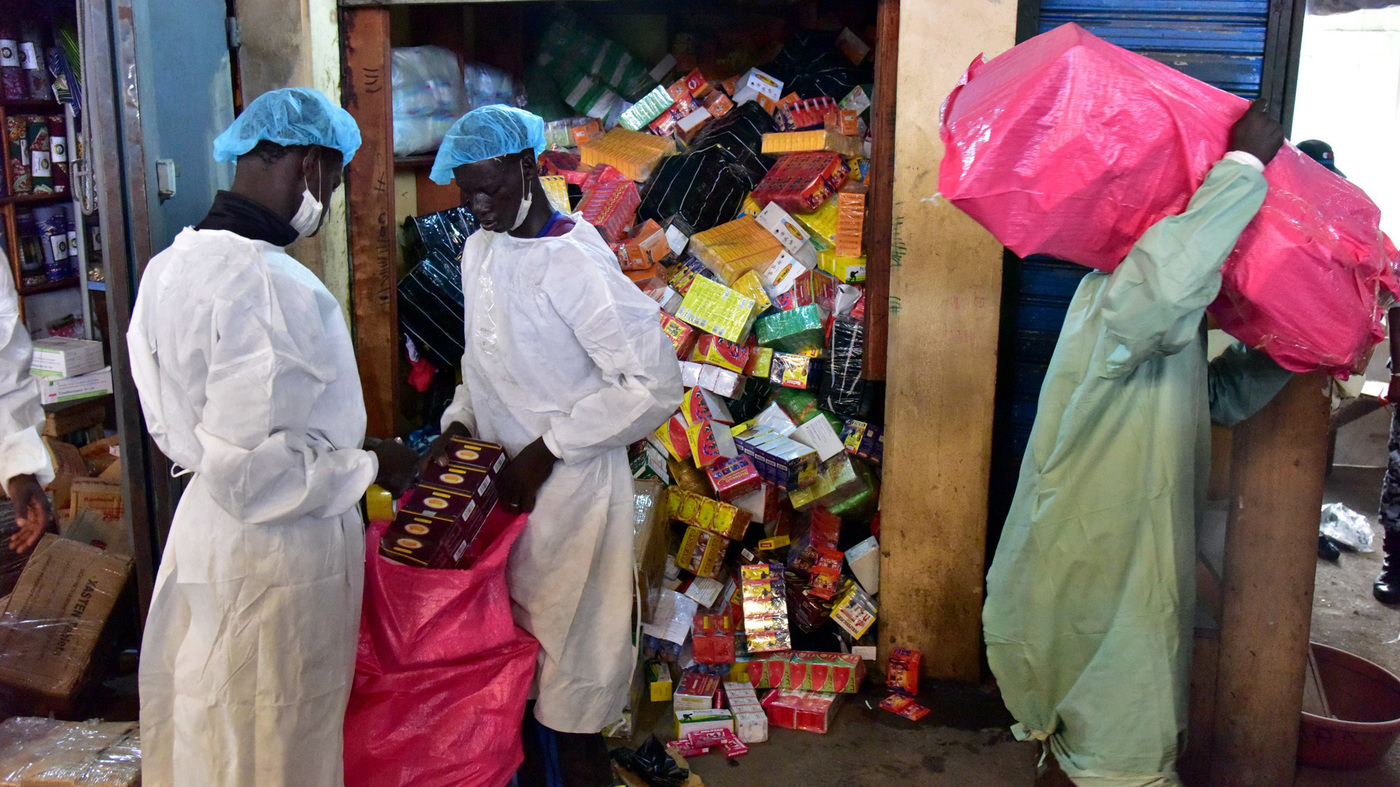
The Akunyili Legacy
Nigeria jumped to the forefront of global efforts to fight counterfeit drugs when Dora Akunyili took over the National Agency for Food and Drug Administration and Control (NAFDAC) in 2001. To crackdown on counterfeits, her first move was to stamp out corruption within her own agency. In five years Akunyili, a 52-year-old professor of pharmacology, has attained celebrity status in Nigeria because of her uncompromising stand against corruption.
Nigeria is ranked as one of the most corrupt countries in the world, according to Transparency International. Before Akunyili took over, staff abused their position to extort money from honest manufacturers at the same time as taking bribes from counterfeiters in return for access to the Nigerian medicines market. Akunyili fired the most corrupt of her officers. To encourage honesty among her remaining 3000 staff and to boost morale, she offered incentives such as training abroad, improved facilities, and a better working environment.
The Nigerian health agency is now a key player in reducing the manufacture and distribution of counterfeit medicines in West Africa. It has the support of the Food and Drug Administration and the Environmental and Occupational Health Science Institute at Rutgers University in the United States of America, among other regional and international agencies including WHO.
Drug counterfeiting was first reported in Nigeria as early as 1968, “So people have been dying in this country from the effect of fake drugs since the early 1970s”. In 1995, Nigeria reportedly donated 88 000 doses of meningitis vaccine to its neighbor Niger, but before the authorities realized that these vaccines were fake, about 60 000 people had been “inoculated”. Her efforts led to increased public awareness about counterfeit drugs and tougher surveillance at Nigerian customs.
How did Akunyili do it?
In 2001, most Nigerian consumers were oblivious to the danger of counterfeit drugs. “Fake drug dealers used to thrive mainly because of a lack of awareness”. The agency broadcast jingles on radio and television to make the public aware of the dangers and to encourage people to report suspicious drugs. It also regularly publishes lists of counterfeit products in the newspapers. Last year, fake drugs worth about two billion naira (US$ 16 million) were voluntarily handed over by counterfeiters or seized after tip-offs from the public. Akunyili died in an Indian hospital on 7 June 2014 after a battle with uterine cancer.
There is tough surveillance at ports and airports where medicines enter the country. The authorities inspect shops and markets where medicines are sold. As of June 2006, Akunyili had secured convictions for 45 counterfeiters with 56 cases pending. The Nigerian authorities opened a laboratory in Port Harcourt that analyses medicines for authenticity and others in Lagos, Calabar, and Kaduna.
Under Akunyili the Nigerian parliament to amended existing legislation to make penalties tougher, so far without success. “The penalty for a fake drug producer or importer ranges from 5000 to10 000 naira (US$ 40–80), or between three months and five years imprisonment.” The other problem is that the law is not always enforced properly: the counterfeiter may avoid jail, and fines can be insignificant compared with the huge profits from the illegal trade.

